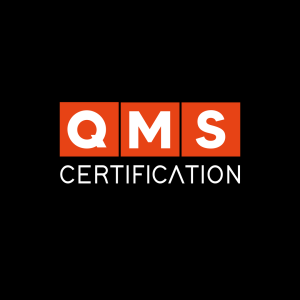Failing to identify health and safety risks in your workplace can have undesirable consequences such as illness, injury, irreversible health issues, among others. These incidents can be highly inconvenient, stressful and costly, but they can be avoided by using an alternative approach such as getting certified with ISO 45001.
The ISO 45001 certification is one of the newest certifications. It was launched on December 3rd of 2018 and is the first ISO standard in the area of occupational health and safety. The standard came to replace OHSAS 18001, which is not in itself an actual ISO standard, bringing prestige, credibility and market recognition to the ISO seal.
The Standard is applicable for Annex SL, a common layout for all ISO Management System Standards and it facilitates an integrated management system with other well-known standards such as ISO 9001:2015 and ISO 14001:2015.
Nowadays, it is a practical tool for incident prevention as well as the management of applicable international legal requirements for occupational health and safety, bringing forward diverse requirements on occupational safety practices on a global scale.
Below are some important takeaways of the standard.
 Organization Context
Organization Context
As with all standards appropriate to ISO Annex SL, ISO 45001 presents a specific requirement on the context of the organization. It is necessary to assess the nature of your business in relation to the occupational health and safety management system and determine the internal and external issues involved in all processes.
Interested Parties
Much like the previous OHSAS 18001, ISO 45001 also requires the company to not only assess the expectations of employees, but also identify those of all stakeholders involved. This assessment should also consider any legal and/or other applicable requirements.
Focus on risk management
Like ISO 9001:2015 and ISO 14001:2015, ISO 45001 emphasizes risk management as the main tool of the management system. Risk assessment is present in much of the standard’s requirements, from leadership to continuous improvement. Unlike its predecessor OHSAS 18001, risk planning must take into account the organization’s context, stakeholders and the scope of the management system.
Consultation and participation of workers
To conclude, another important point in ISO 45001 is the consultation and participation of workers found in clause 5 – Leadership. Nonetheless, safety in any kind of operation works more efficiently if management and people in charge take a leading role in managing safety and health and they should do so with the collaboration of workers exposed to occupational risks. The latter play a fundamental role in the implementation and maintenance of the management system.
There are several other requirements in ISO 45001 that differ from those in OHSAS 18001. Although the IAF (International Accreditation Forum) has established the 3-year period for migration to ISO 45001 for companies that are already accredited with OHSAS 18001, it is important to remember that ISO 45001 is an entirely new standard, and not a revision from a previous version.
For any questions or guidance on how to obtain ISO 45001 certification, please write to us at contact@qms-certification.com.











